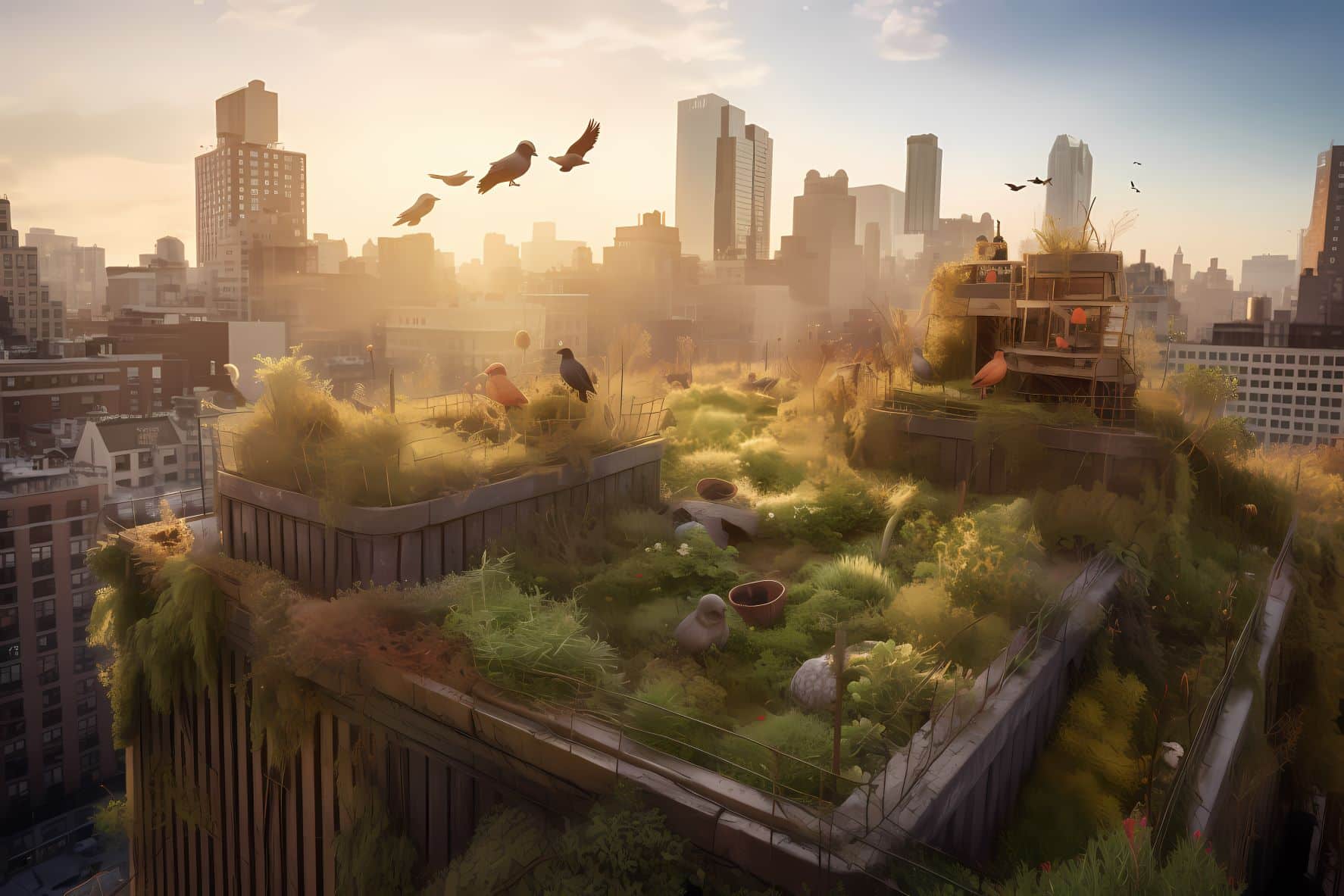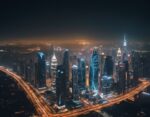Who says you need to venture into the wilderness to experience the wonders of nature? A hidden symphony of life awaits in our bustling concrete jungles, filled with diverse flora and fauna. Urban areas might not be the first thing that comes to mind when we think of biodiversity, but you’d be surprised by the musical harmony that can be found amidst the chaos. So, let’s tune in and discover the enchanting world of urban biodiversity waiting to be explored!
Harmony in the Concrete Jungle: Embracing Urban Biodiversity
Gone are the days when city dwellers were nowhere near nature. Today, we are witnessing a remarkable shift in mindset, with people embracing the concept of urban biodiversity. Parks and green spaces are transforming into sanctuaries for various plants and animals, providing a respite from the fast-paced urban life. Integrating nature into our cities can create a harmonious balance that benefits humans and wildlife.
A Symphony of Flora and Fauna: Nature’s Urban Revival
Urban areas are no longer barren landscapes but thriving ecosystems supporting a wide range of flora and fauna. The urban jungle is alive with a symphony of life, from vibrant flowers lining the streets to the fluttering wings of butterflies. You can spot birds of all colors and sizes perching on rooftops and singing melodic tunes while squirrels and rabbits scurry beneath park benches. It’s a sight to behold, a revival of nature right in the heart of our cities.

Indeed, eventually, urban ecology was embraced in cities worldwide. Cities are no longer seen as environmental threats but are instead understood as part of the broader global ecosystem. Municipal policies have come to prioritize the integration of nature into the urban fabric, creating havens for urban wildlife and improving the overall quality of life for city dwellers.
EU Paves the Way
The IUCN has some new guidelines to increase urban biodiversity and excellent reasons for cities to want to begin the transformation. The EU Biodiversity Strategy, which has been in place since May 2020, sets aggressive goals for cities to improve their biodiversity vastly. Consider how green spaces could make the air more breathable and city life more enjoyable.
Beneath the city’s bustling surface, countless creatures carve out their niches. Pigeons coo from the eaves of high rises, bees busily pollinate rooftop gardens, and even the elusive fox can sometimes be spotted padding down a quiet alleyway under darkness. This biodiversity is not an accident but rather the product of careful planning and years of initiative.
From city to city, novel approaches to urban planning have been adopted. Green roofs, permeable pavements, urban farms, and rain gardens have become routine. Vertical gardens climb up the sides of towering buildings, creating a refreshing sight of green amidst the concrete and steel structures.
Parks and green spaces are seen as leisure spaces and crucial urban ecosystems, providing habitat for numerous species. They serve as green corridors that allow wildlife to move safely between habitats. Equally importantly, these spaces act as crucial carbon sinks, aiding our collective fight against climate change.
Urban waterways have also been revived and are teeming with life. Streams and rivers, once polluted and ignored, are now clean, bustling habitats for fish, birds, and small mammals. They have become natural connectors, linking various parts of the city and creating a coherent ecosystem.
The Movement is Underway
The USGS is helping fifteen American cities improve their urban waterways. Researchers are discovering access to improved models and increasing budgets to identify species in urban areas. The move towards urban areas with vast green spaces and thriving ecosystems is a realizable dream.
The importance of urban trees has been recognized too. No longer are they just a source of shade or aesthetic appeal? Now, they are appreciated for their role in absorbing pollutants, reducing noise, providing habitat for wildlife, and mitigating the heat island effect.
Cities have transformed into urban jungles, refuges for nature amid our modern life. This shift has led to a resurgence in urban biodiversity and has profound implications for our health and well-being. Research shows that contact with nature can improve mental health, reduce stress, and encourage physical activity.
In short, the melding of urban and natural worlds has led to a new way of life where humans and nature coexist and thrive. It is a future that once seemed unattainable but is now blossoming right before our eyes. The urban jungle is more than just a metaphor. It’s a testament to our ability to adapt and create spaces where human life and nature thrive.
The Secret Chorus of City Life: Discovering Hidden Biodiversity

Hidden in plain sight, a secret chorus of biodiversity often goes unnoticed in the city. Beneath our feet, earthworms tirelessly work their magic, aerating the soil and recycling organic matter. Resilient wildflowers push through the cracks of sidewalks, showcasing their beauty against the concrete backdrop. Even in the most unlikely places, life finds a way to thrive, reminding us of the incredible resilience of nature.
From Pigeon Pals to Squirrel Serenades: Musical Urban Wildlife
If you pause and listen carefully, you’ll notice that urban wildlife adds its unique rhythm to the city’s symphony. Pigeons cooing on rooftops, chirping sparrows hopping from tree to tree, and the occasional squirrel scurrying along branches – the sounds that make up the soundtrack of our urban landscapes. Each species contributes its musical notes, creating an eclectic and lively melody that resonates with our souls.
Cultivating Green Oases: Gardens as Melodic Sanctuaries
Amidst the concrete jungle, gardens serve as melodic sanctuaries, allowing urban biodiversity to flourish. Balcony planters, rooftop gardens, and community parks are becoming increasingly popular, providing a nurturing environment for plants and animals to thrive. These green oases not only enhance the beauty of our cities but also provide a tranquil space where people can reconnect with nature and experience the soothing symphony of the urban ecosystem.
Join the Orchestra: Simple Ways to Embrace Urban Biodiversity
You, too, can be a part of this vibrant symphony of urban biodiversity! Start by incorporating native plants in your garden or balcony, creating a welcoming habitat for butterflies, bees, and birds. Support local initiatives that focus on urban greening and conservation efforts. Encourage green roofs and vertical gardens to maximize green spaces in our cities. By making small changes in our lifestyle and actively participating in urban biodiversity initiatives, we can collectively create a harmonious environment that benefits both humans and nature.
Nature’s Symphony: Unleashing Urban Biodiversity Bliss
As we embrace the beauty and resilience of urban biodiversity, we open ourselves up to a world of enchantment hidden within our cities. The concrete jungle transforms into a flourishing ecosystem where nature’s symphony echoes through the streets and parks. Recognizing and celebrating the diverse flora and fauna that share our urban spaces enhances our well-being and ensures a sustainable future for future generations. So, let’s join the chorus and unleash the blissful harmony of urban biodiversity!
Updated 11/11/2023





